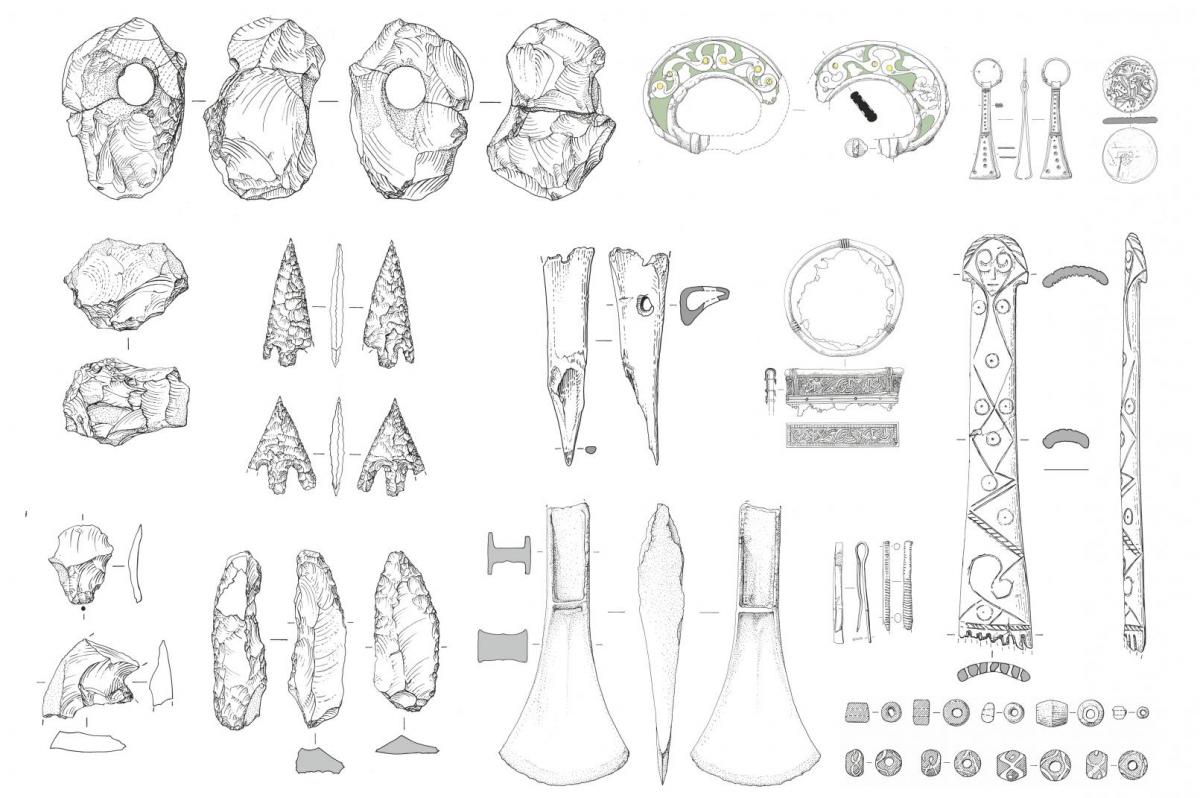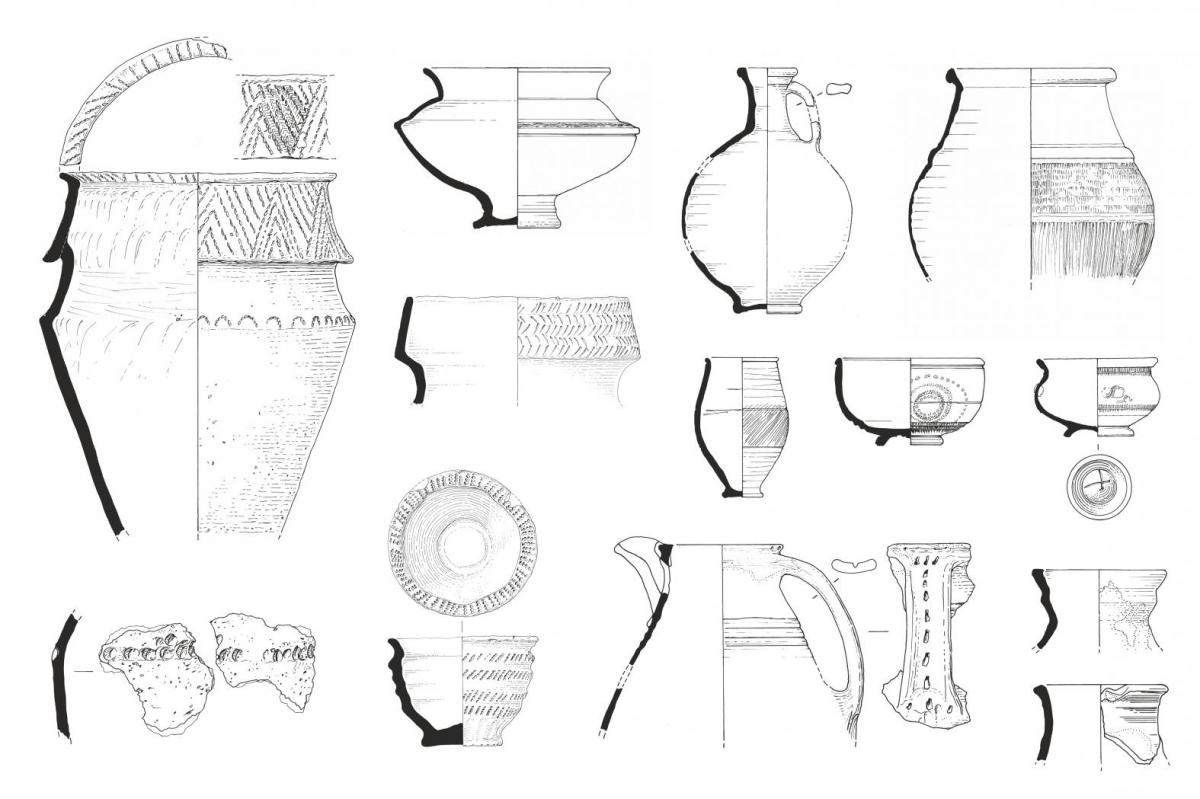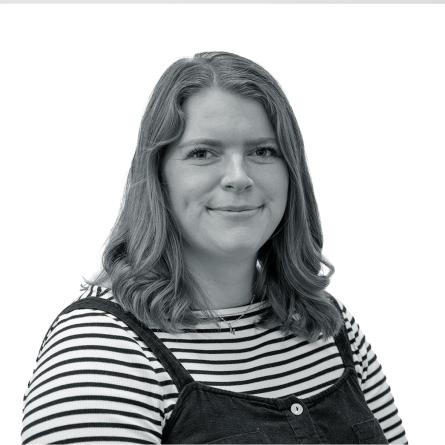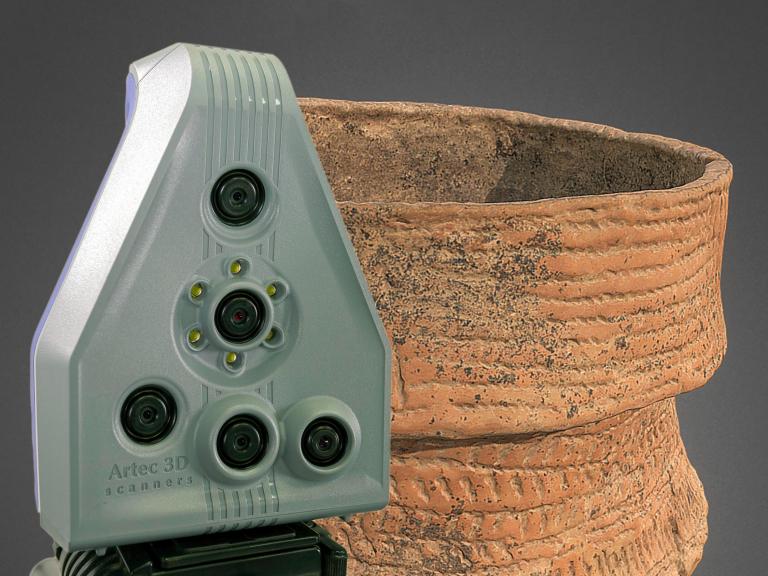Wessex Archaeology has an in-house Studio team of highly skilled archaeological illustrators producing quality publication graphics.
We have a strong publication record, with many journal articles published every year, as well as our own series of occasional papers and monographs.
The Studio also undertakes publication work for individuals or other smaller archaeological companies who do not employ an illustrator. Illustrations can be in monochrome or full colour to suit the publication. Increasingly articles are being published online, or as e-publications either instead of, or as well as, in print. The Studio team can offer advice on the best way to depict archaeological information to ensure information is both informative and clear to the target audience.
Archaeological finds Illustration
Experts in their own right, our illustrators work closely with our in-house finds specialists, to ensure no detail is missed. An archaeological illustration of a find is not just an engaging image, but is an accurate measured drawing showing details of decoration, type, form and even the construction method of an object.
Most finds illustrations will be commissioned by a specialist writing up a journal article or a finds report, and are usually for publication. Illustrations of this type might also be incorporated into material for a wider audience such as displays or popular booklets. Artefact illustration is usually in black and white, using a set of stylistic conventions to illustrate the form, bring out decoration and show depth. Colour is rarely added in academic illustrations and then only to highlight details such as glazes, or painted glass colours. Our illustrators also have the capability to reconstruct in 2D an object that only partially survives, as well as the ability to create engaging full colour 3D reconstructions.


Why are artefacts illustrated?
Archaeological finds are made from many categories of material. The way an object is used can change overtime, and therefore shapes and forms change overtime. For example early flint tools are often large and multi-use, created by removing flakes from a large raw flint, while later flint knapping technology changed, and the tools became smaller and designed for specific uses. Illustrations of flint do not only show a measured record of the object but can inform a flint specialist of the sequence of blows and chips used to create the object, giving an insight into the skills of the individual who crafted it.
Pottery has been in use over a long timespan, from the first farmers in the Neolithic to the present day, and is probably the most diagnostic material often providing accurate dating evidence for the archaeologists. The variety of shapes and forms changed along with the fashion of each era. The clay the pot is made from holds clues too, allowing archaeologist to identify trade links across the UK and Europe.
Because styles and fashions change in a recognisable way over time, many types of artefacts provide archaeologists with important dating information, as well as showing changing use of technology over time.
Not all materials survive the process of time, so many objects are often missing from the archaeological record. Bone, leather, wood and even bark objects created during prehistory can survive under special circumstances, usually surviving in waterlogged contexts. These objects can be very challenging to illustrate but often represent personal objects such as clothing, combs or shoes.
How are archaeological artefacts drawn?
Artefacts are generally still hand drawn; many archaeological objects have unique details as they are handmade, and recording them by hand is still the fastest way.
An initial pencil drawing will be made using a series of accurate measurements as well as detailed observation. The drawing will either accurately represent the exact object from several views or, in the case of pottery, show the object as reconstructed as we rarely have more than a few broken sherds. This pencil drawing will be checked by a finds specialist before it is “inked” in. Increasingly we do not use real ink, but digitally ink the object on computer before setting out the full page ready for publication. When published, finds and pottery are always shown at a real scale such as a half or quarter, so specialists can easily compare objects from different sites.
Although photogrammetry is more time consuming for simple objects, a few highly decorated or more important objects might be recorded using this process. Photogrammetry involves taking a series of photographs which are used to create an accurate 3D model of the object. From this a series orthographic images can be output along with sections through the model, these can either be set out for publication or used as a base to create an inked version to match the other illustrations. For highly decorated objects this can be a faster process and has the advantage of creating an accurate 3D representation which can be displayed in an interactive form, making the object virtually available to other specialists and a wider audience.
Find out more about our Heritage Interpretation Services here.
Team











Get in touch
Contact Karen Nichols, Studio Senior Manager
